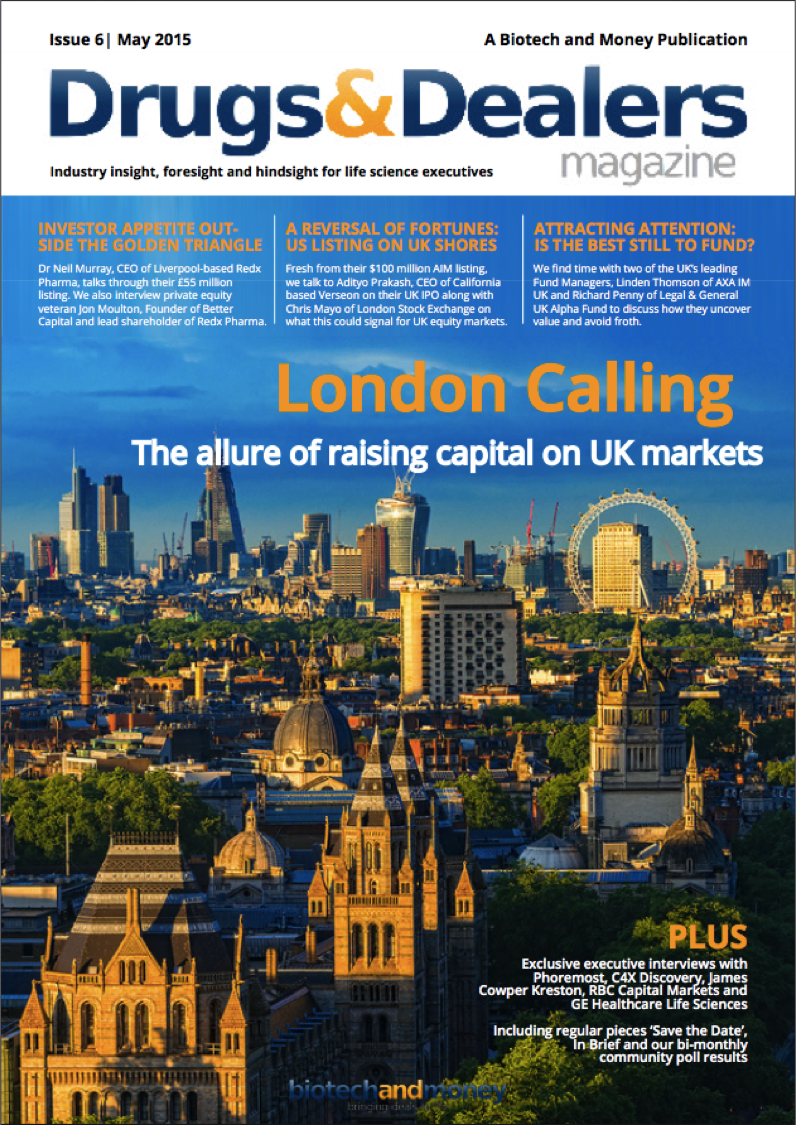GE Healthcare’s innovation village nurtures early stage science
Quality sites
- Online Casinos UK
- Casino Non Aams
- Casinos Not On Gamstop
- UK Casinos Not On Gamstop
- Best UK Casinos Not On Gamstop
- Casino Sites Not On Gamstop
- Casino Sites Not On Gamstop
- Casino Sites Not On Gamstop
- Non Gamstop Casino Sites UK
- Non Gamstop Casinos
- Best Online Casino Canada
- Casino Sites Not On Gamstop
- Non Gamstop Casino UK
- UK Online Casinos Not On Gamstop
- Best Slot Sites 2025
- Casinos Not On Gamstop
- Meilleur Casino En Ligne
- Non Gamstop Casinos
- Slots Not On Gamstop
- Non Gamstop Casino
- New Online Casinos Not Registered With Gamstop
- Casino Non Aams Sicuri
- Casino Sites UK Not On Gamstop
- Casino Non Aams Italia
- Bitcoin Casino
- Meilleur Site Casino En Ligne Belgique
- Migliori Siti Scommesse Non Aams
On 27th April Edwina Hart, Welsh Minister for Economy, Transport and Science and Kieran Murphy, President and CEO of GE Healthcare Life Sciences opened the Life Sciences Innovation Village, a campus for growing businesses, in Cardiff. In this exclusive interview we talk to CTO, Ger Brophy about how GE hope to support life science businesses with their technical expertise, help them develop and at the same time access promising new technologies that could complement their own.
B&M: Ger, perhaps you can start by you giving me an understanding of your role at GE Healthcare?
GB: At GE Healthcare we have a broad raft of technologies and application areas, from research tools and equipment, to bioprocess production technology and biomarker discovery through in vivo and in vitro regulated diagnostics. My job is to see where we can get synergies across portfolios and in discoveries, look at where and how we make R&D investment and look at how we best deploy capital across a broad range of opportunities to maximise the potential of the business.
B&M: Can you expand a little on some of GE’s recent and upcoming initiatives in promoting innovation as a whole?
GB: Innovation is key for growth for us. People expect GE to be strong on operations, at local distribution and quality, but we’ve got to drive innovation across that engine.
A good example of how we are doing this is the opening of the Innovation Village in Cardiff, an important R&D and operation site for us. The village is where we’re going to access start-ups locally, supported by the Welsh government, and give them the help to get going.
Now it’s important to those guys, but it’s equally important for us. Because it allows us to access sources of innovation at a very early stage.
B&M: Do you have any specific ROI numbers you’ve put on the Innovation Village initiative?
GB: We’d be looking for precision where precision doesn’t exist in terms of return on investment, so what we try and do instead is be very clear where our strategic intent is and where we see the opportunities. And then choose to double down there when we do have the opportunity to invest.
B&M: So how do you quantify success? What would success or failure look like materially?
GB: If we get 20 or 30 people or initiatives or entrepreneurs in the Cardiff Innovation Village, and in the next 2 to 3 to 4 years we saw the ability to either access or commercialise or perhaps even acquire 1, 2, 3 or 4 of those, that would be a huge success. What failure would look like would be if nothing went anywhere.
B&M: I want to move on a little to talk about cell therapy. We’ve heard from your CEO Kieran Murphy about your continued push in this market and how important it is for GE. How do you see GE capitalising on the enormous potential?
GB: I think it’s a fantastically exciting and important space. We feel a lot of opportunities for us to build from our biopharma and our bioprocess franchise in this new space. In bioprocess we’ve got technology around cell growth, cell separation, cell purification, cell manipulation. We’re leaders in biopharmaceuticals and we work with pharma companies every day to make complex biologics available.
We believe that the current industry is enormously exciting, but still hasn’t quite settled into an operational mode. With our experience, global reach and strong perception of operation and global distribution, we think we have a lot to offer in the advancement of this technology. We are already very involved with a number of initiatives and collaborations, and we generally think we have a lot to offer.
B&M: What do you foresee as the principle challenge for you in making inroads into this space?
GB: I think the fact it’s all so new. The distributed nature of the existing technology makes it a little more difficult for the industry’s regulated body to get their arms around it. And we have to adjust to that and see how can we bring some of our technology to bear in a way that supports it.
B&M: Ok. I wondered if we could talk a little bit about personalised medicine? How do you perceive the opportunities from personalised medicine and what do you see as the principle challenges in that space?
GB: I think it’s a huge opportunity for GE healthcare and we have an enormous part to play. The very nature of personalised medicine implies that population has been segmented. The implication of that is that some tool has been used to segment that patient population, and that’s exactly the business we’re in. We’re in the business whereby we can use imaging technologies and also technologies in pathology to determine at an analogue and molecular level, how that patient’s disease is occurring and perhaps progressing.
Powerful therapies require powerful diagnostics. Sensitive and specific diagnostics in which you have a high degree of confidence that the judgement you’re making is supported by medical evidence.
If you expect anyone to be good at this it’d be GE healthcare. That’s why I think we have a very important role we can play.
B&M: Do you think we are a long way from personalised medicine being a clinical reality?
GB: It’s getting there piece by piece. We can’t expect to suddenly one day wake up and we’re all entirely stratified in terms of treatments. But progress is being made - especially in cancer. Every oncology drug in development comes under the FDA has to have a biomarker. And one would expect that biomarker makes sense via a companion diagnostic.
B&M: Ok. Let’s take it back to your role as CTO of life sciences. I wonder if there are any impending or recent technology developments you’re particularly excited about?
GB: Neurodegeneration is an area where I think imaging is going to continue to play a large role. It’s difficult or impossible to take biopsies within a skull. It’s still difficult to take circulating markers like cerebral spinal fluid.
Clinicians are keen to understand what is happening at a molecular level, but also within the geography of a skull. We’ve had products in there for a while, but we recently launched a product which detects amyloid deposition which we think will play a significant role in helping clinicians.
We’re now seeing that after a very tough time the pharma industry is now having more confidence in Alzheimer’s drugs, and I think the role of imaging in helping develop those drugs, but also helping to select patients who will be responsive to those drugs in clinic, is going to be very important and very exciting. And is something we want to stay very much involved with.
B&M: Where do you see the opportunities in the UK sector in particular? Obviously the Innovation Village in Cardiff demonstrates your commitment to the region, but where do you think the UK industry sits right now relative to the US or Europe?
GB: I think the UK is very important. The NHS from a clinical and scientific point of view is also very important. Because it represents a relatively useful enclosed system in which diagnoses are taken, medical records are retained, care is given and follow up can be adjusted, all with the appropriate permission and confidences of course.
The US is an importantly fast changing and exciting health care market, but it’s more fragmented. The UK is a good place for us to drive collaboration and to seek partnerships in helping to understand how biomarkers and diagnosis play and will play a large part in helping improve a continuum of medicine. And in part also because it’s in this type of an ecosystem that one can see the advantage of big data and analytics.
We’re refining our tools in this space. The advantage of being able to look at large amounts of data from disparate sources and looking for a pattern of actionable variables within the data is, I think, important and something which is absolutely central to the strategy of GE Healthcare. To understand how increasingly with medical output being digital, be it radiology, pathology etc., how we can bring analytic tools to bear on that enormous amount of data and help governments and care organisations to see useful insights that can be helpful.
B&M: I think I heard you speak before of ‘embedding a culture of collaboration’ in your operations. What does it actually mean? How can that be done?
GB: We have increasingly externalised many of our R&D activities. We cannot do everything ourselves. We’re not even necessarily good at doing everything ourselves. And we’ve been much more precise at identifying what we’re good at and where we can collaborate to better effect.
We will never understand the clinical impact of a brain tumour, because we don’t run a clinical practice. We will never fully drive every single technical innovation because to maintain that level of R&D would be unthinkable. So what I’m driving internally is for us to have an understanding of where we’re good, an understanding of how we interact and work with other parties.
And then what we’ve also got to figure out is how each party comes away with the appropriate feeling that they’ve benefited by the interaction. Whether it’s that they’ve had, as in the case of the Innovation Village, a place and facilities and insight to work with they wouldn’t otherwise had. For more commercial parties they’ve developed rights and options on emerging technologies in these or other fields. For business development and IT professionals that everyone walks away feeling that a successful deal has been done.
These are some of the drivers that we’re putting in place in GE Healthcare at the moment, to make sure that people will consider us as a good partner, and are likely to bring technology and innovation to us in the hope that together we can drive some clinical benefit.
B&M: And do you think that’s a lesson that perhaps other stakeholders in the life science industry can learn from?
GB: I think some are. I’ve looked at what pharma companies are doing, I see a lot of technology evaluation and R&D being externalised. So I don’t think it’s unique to us. I think we’re working strongly to actualise it. But I think some perceptions are increasingly coming to us, and in part it’s because things are happening faster than ever.
Call it what you like, the digital revolution, changes in business models, are coming through faster and faster and faster. And I think we have to have a structure and culture in place to be able to interact with that.
B&M: Ok a couple of questions to close on. What really excites you about the life science and health industry right now?
GB: I genuinely think it is two things. One is the nature of molecular insight. Techniques and technologies like next generation sequencing, like molecular pathology, are moving into mainstream. That’s very exciting. We are beginning to understand at a molecular level what drives disease.
Secondly, digital technologies are increasing and improving at a rate that means we really can take advantage of the literally terabytes of data that those molecular techniques are generating. So we can begin to interrogate at a deep level of redundancy what next generation sequencing means. We can correlate pathology data with sequencing data with radiology data, and we can begin to get a real insight into what is happening.
B&M: And those two changes will obviously profoundly impact the potential of GE Healthcare’s business in the coming years, correct?
GB: I think so. And that’s why we’re investing hugely in them. We’ve got an enormous software investment in San Ramon in the San Francisco area. We’re leveraging our cloud solutions across a number of different application areas. We’re continuing to invest in molecular technology, as a strategic area for us to drive. So we’re absolutely on point.
B&M: Lastly perhaps you can tell us what we will expect to see next from GE healthcare?
GB: I think you’ll see announcements of many more collaboration opportunities with perhaps expected or unexpected partners.
You can read this and 10 other exclusive executives interviews in May’s Drugs & Dealers Magazine.






Leave a comment